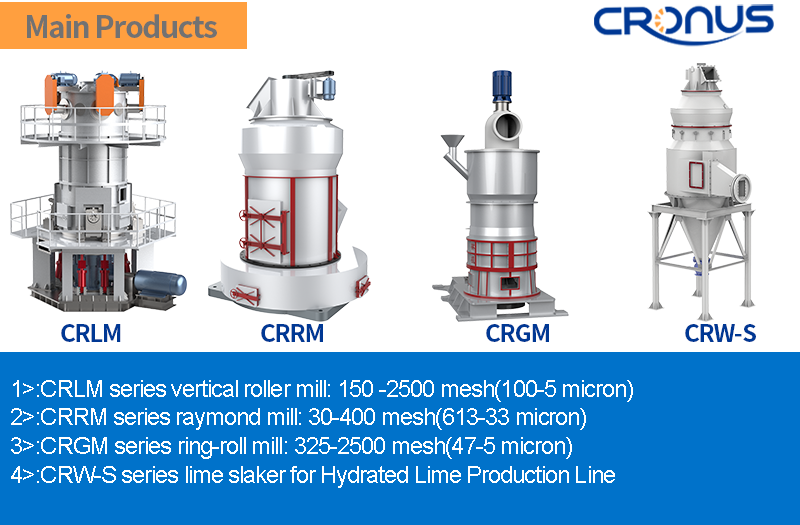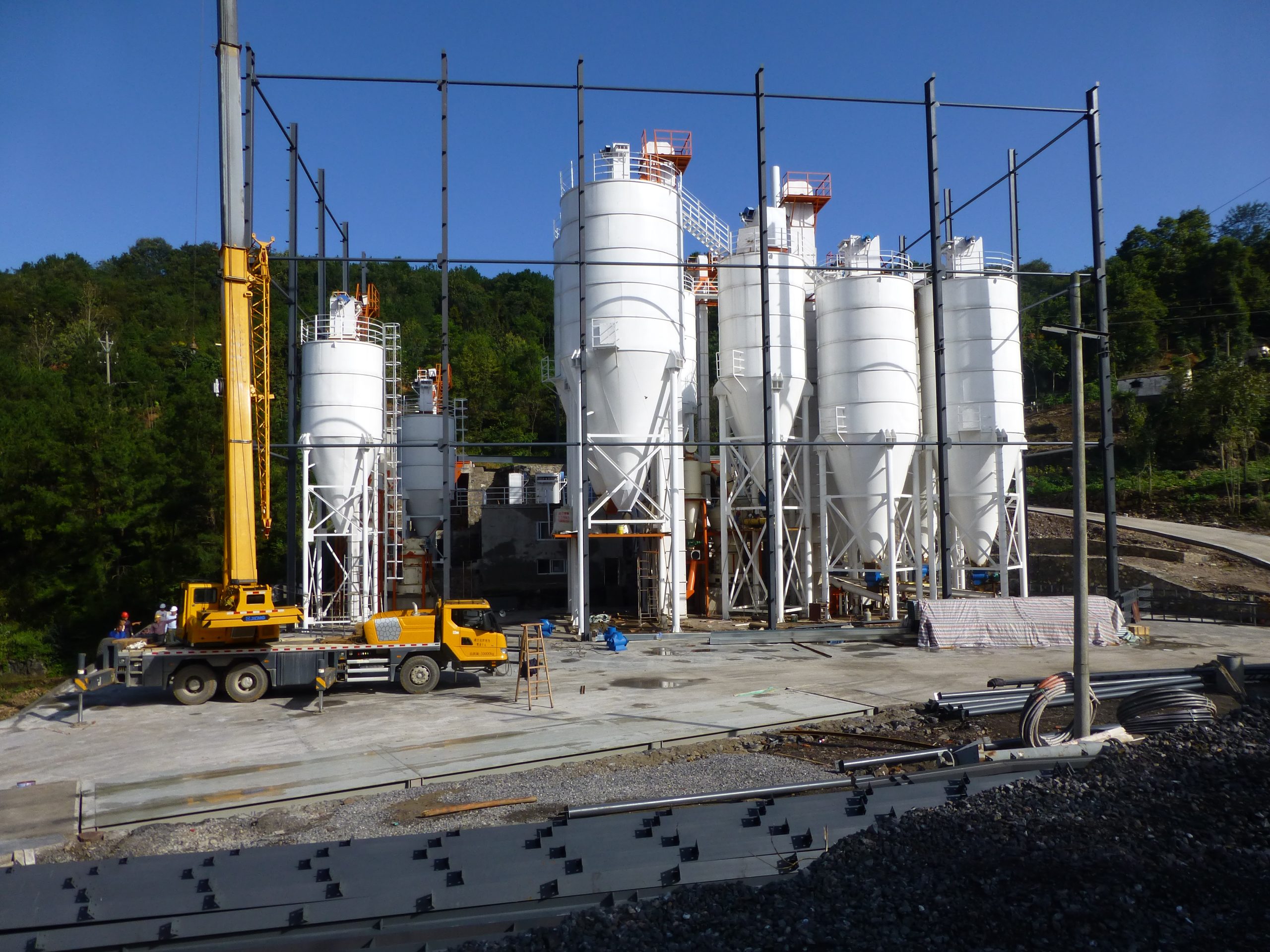
How is the safety of calcium hydroxide equipment?
Calcium hydroxide equipment is widely used in industrial production, and its fields include water treatment, building materials, chemical production, etc. However, there are certain safety risks in the operation and maintenance of calcium hydroxide equipment. In order to ensure production safety and employee health, enterprises must strictly follow safety standards and operating specifications when using calcium hydroxide equipment. This article will explore the performance of calcium hydroxide equipment in terms of safety and its related safeguards.
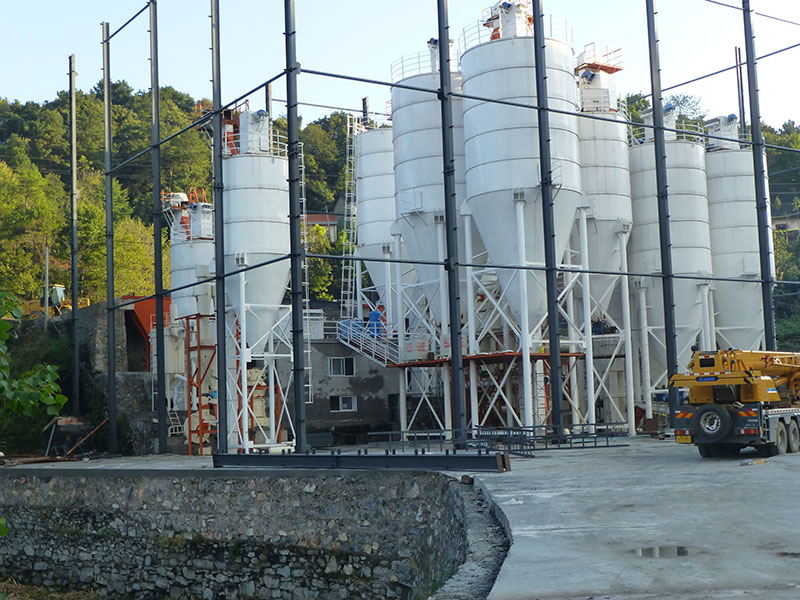
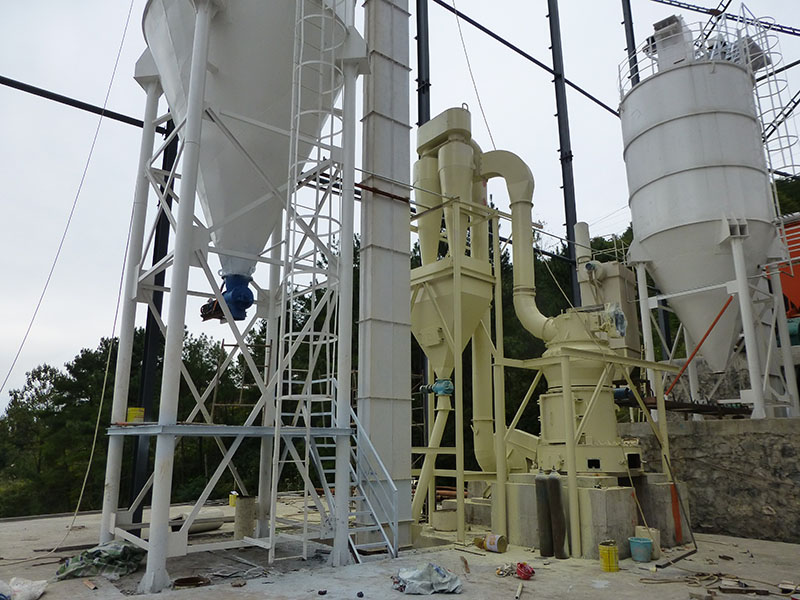
Safety of calcium hydroxide equipment
Safety considerations in equipment design
The safety of calcium hydroxide equipment is first reflected in the equipment design. High-quality calcium hydroxide equipment is usually made of high-temperature resistant and corrosion-resistant materials, which can effectively deal with corrosive substances and high-temperature operating environments in the production process. These design considerations can reduce the possibility of unexpected failures during equipment operation and fundamentally improve the safety of production.
Safety protection system
Calcium hydroxide equipment is usually equipped with automated control and safety protection systems to reduce operational risks. For example, the built-in automatic alarm system of the equipment can immediately sound an alarm and automatically shut down when abnormal temperature, pressure or leakage is detected, avoiding safety accidents caused by equipment failure. These automated systems provide additional safety guarantees for the production process and reduce the risk of human operational errors.
Standardization of equipment operation
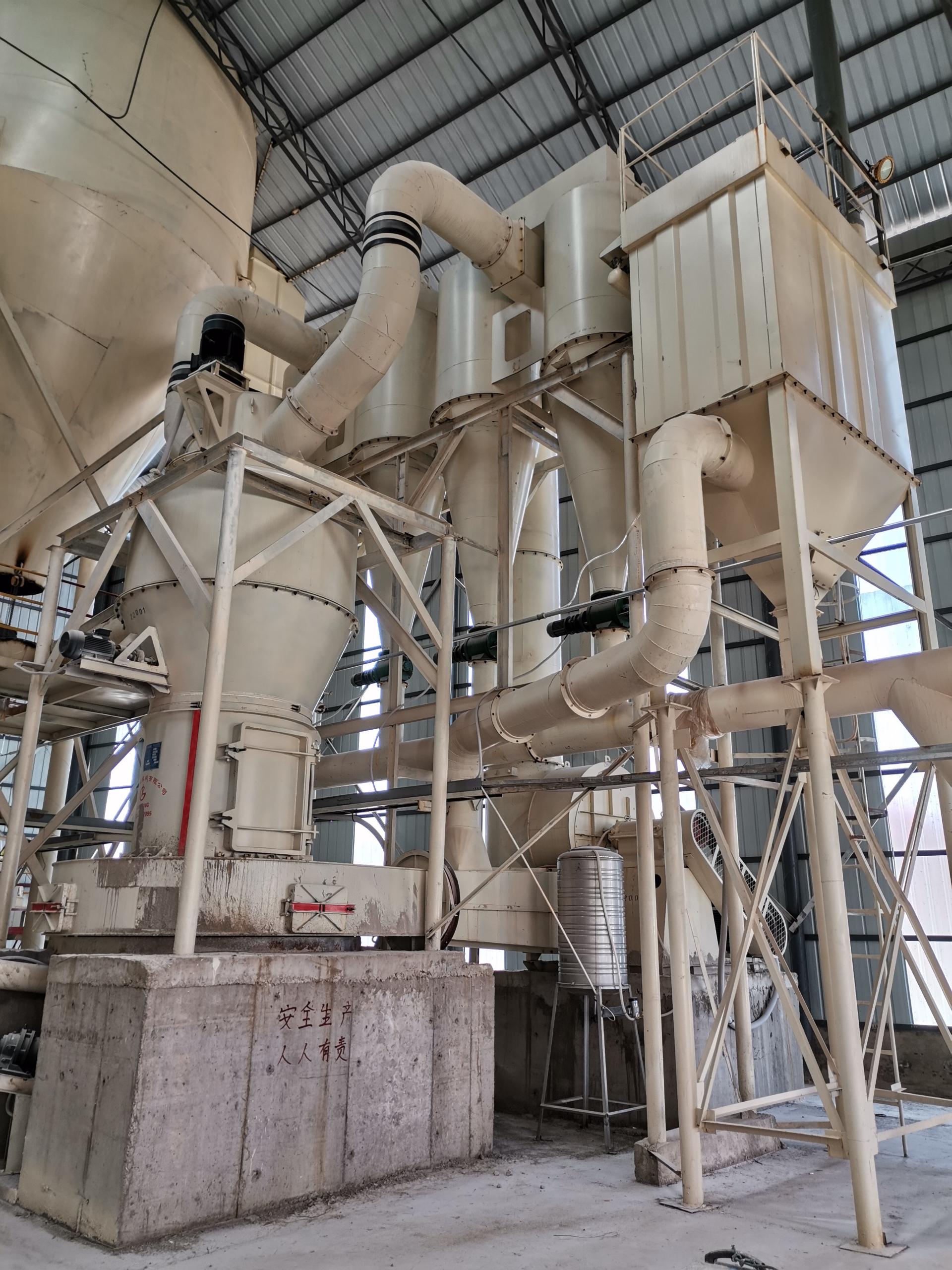
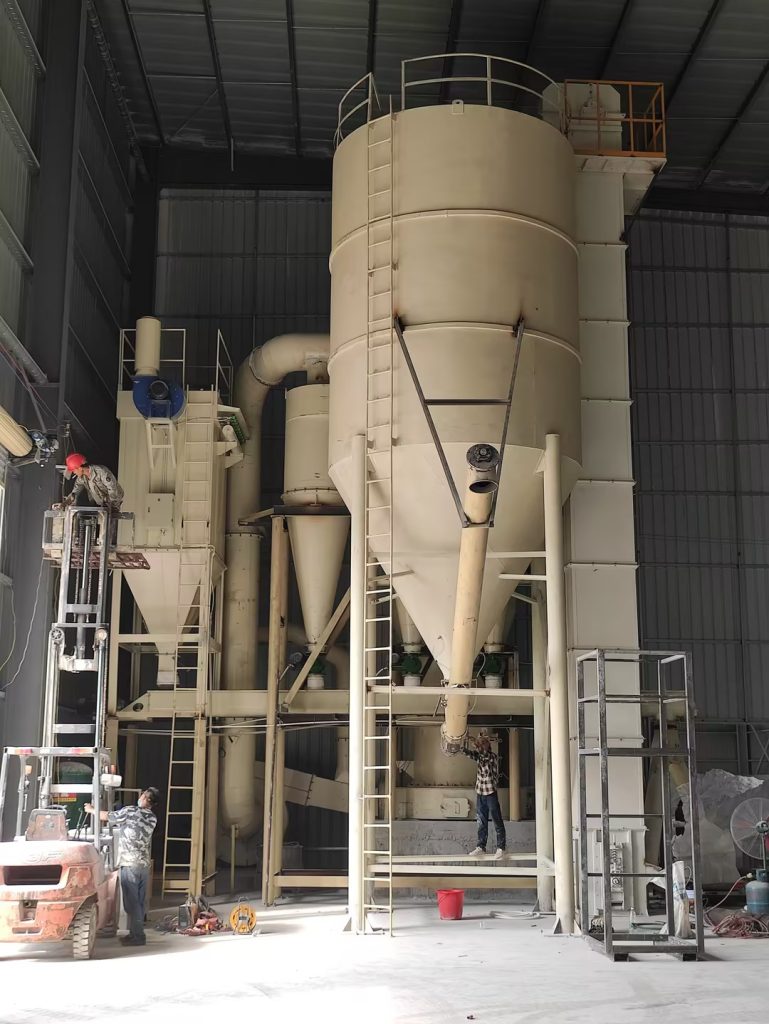
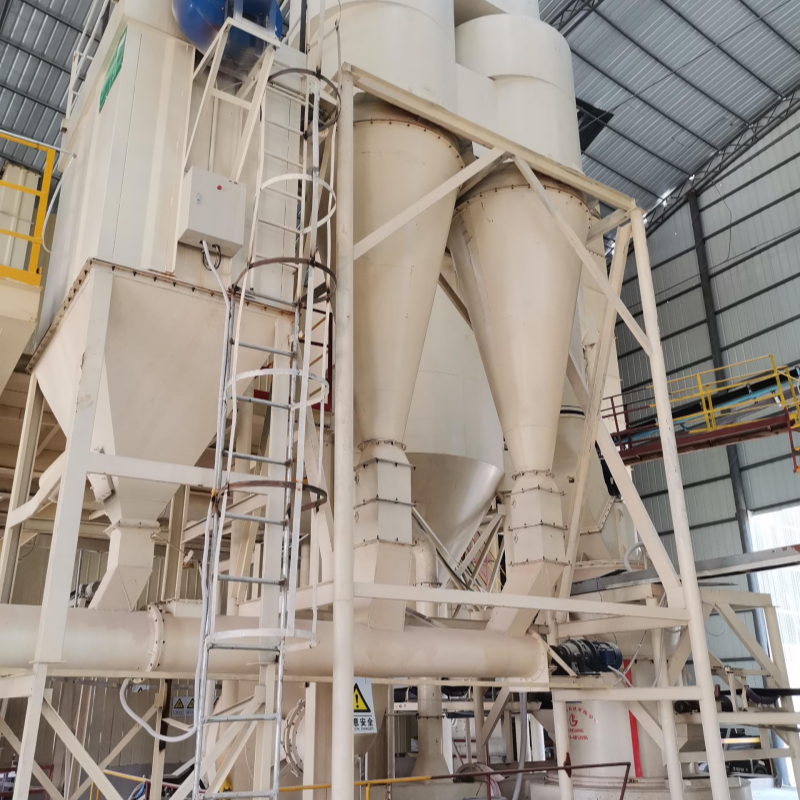
The safety of calcium hydroxide equipment also depends on the implementation of operating specifications. Operators need to receive professional training to understand the physical and chemical properties of calcium hydroxide and the correct use of equipment. Strictly following operating procedures, such as wearing protective equipment, regularly checking the equipment’s tightness and maintaining equipment performance, can effectively avoid safety accidents caused by misoperation.
Dust prevention and control in calcium hydroxide equipment
Calcium hydroxide equipment may generate dust during operation. Dust accumulation not only affects production efficiency, but may also pose a threat to the health of equipment and employees. Therefore, the equipment must be equipped with an effective dust control system, such as a dust collector or a closed conveying system, to reduce the spread of dust in the production environment, ensure that the air quality in the operating area meets the standards, and ensure the safety of operators.
Emergency plan and fire safety
The safety of calcium hydroxide equipment also needs to be guaranteed by a complete emergency plan. Enterprises should formulate detailed emergency handling procedures and conduct emergency drills regularly to ensure that operators can respond quickly in emergency situations. In addition, the equipment installation area should be equipped with necessary fire-fighting facilities and regularly inspected and maintained to deal with sudden fires or chemical leaks.
Regular maintenance and testing
Regular maintenance and testing are important links to ensure the safety of calcium hydroxide equipment. By regularly inspecting and maintaining the equipment, timely discovering potential problems and repairing them, the equipment failure rate can be effectively reduced. Enterprises should formulate detailed maintenance plans covering key components of the equipment, such as electrical systems, sealing components and pressure vessels, to ensure that the equipment is always in the best operating state and reduce safety hazards.
In summary, the safety protection of calcium hydroxide equipment covers equipment design, operating specifications, safety protection systems, dust control, emergency plans and regular maintenance. When using calcium hydroxide equipment, enterprises must strictly follow safety standards, regularly inspect and maintain equipment, ensure safety during the production process, and thus protect the health of employees and the smooth progress of production.


